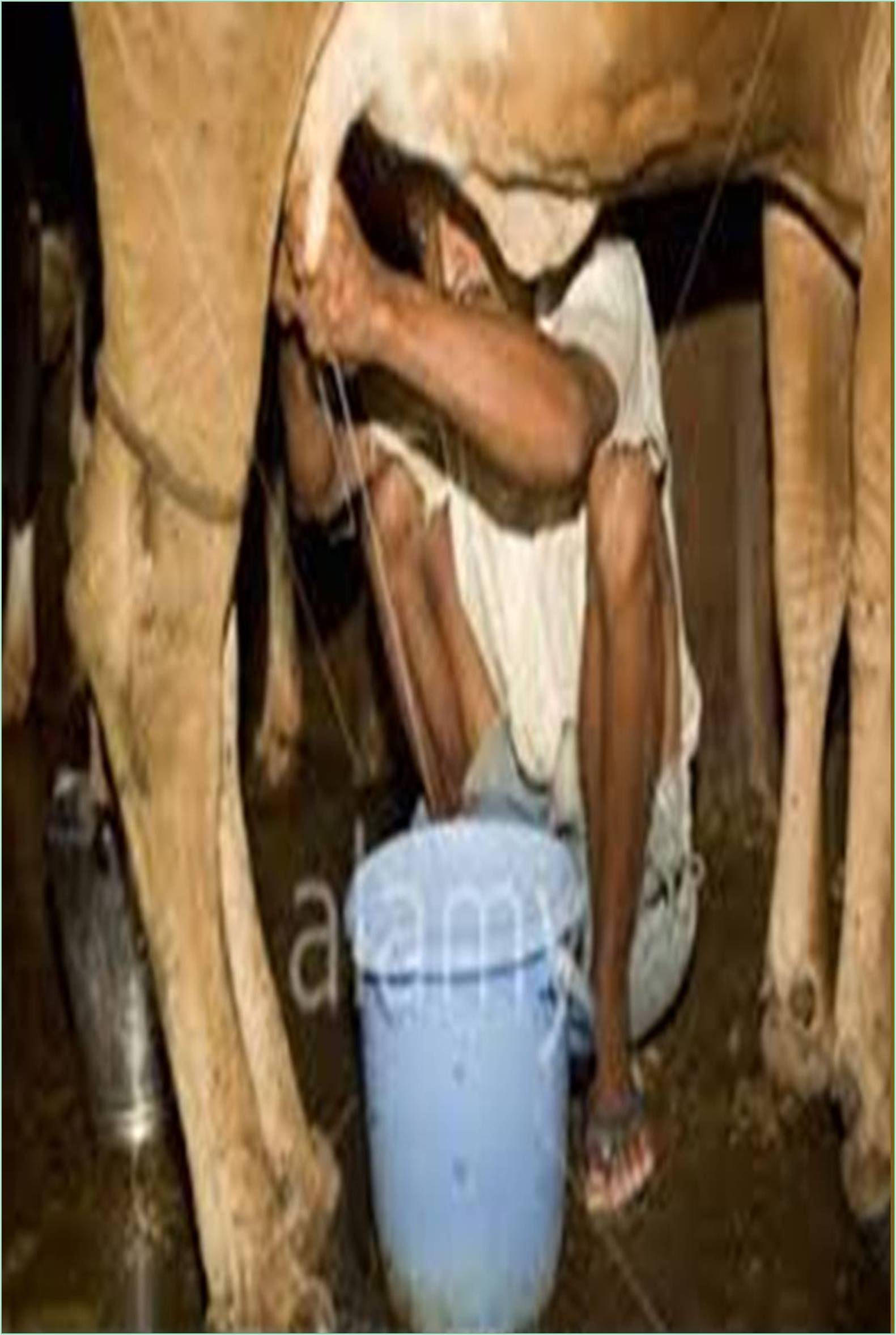



Received: 01-Nov-2022, Manuscript No. GJDFM-22-82680; Editor assigned: 03-Nov-2022, Pre QC No. GJDFM-22-82680 (PQ); Reviewed: 21-Nov-2022, QC No. GJDFM-22-82680; Revised: 30-Nov-2022, Manuscript No. GJDFM-22-82680 (R); Published: 07-Dec-2022, DOI: 10.15651/2449-1861.22.07.083
The highest criteria set by the food industry and consumers for the safety and purity of raw milk are what producers of that product work to fulfil and beyond. Farm practises should also ensure that milk is produced by healthy animals in ways that are sustainable for the economy, society, and environment. Dairy producers can practise ethical dairy farming as long as they treat their animals with kindness, offer a setting that permits regular activities, and use hormones and antibiotics sparingly. Avoid industrial farms and seek for local, family-owned, or farms that are Certified Humane. Dairy cows and their waste create greenhouse gases that need to be reduced in order to stop climate change. Improper manure and fertiliser handling could impair the area's water resources. Furthermore, the unsustainable production of dairy products and feed can lead to the eradication of prairies, wetlands, and other ecologically vital habitats like forests.
Cows naturally produce methane when ruminating and digesting. Methane is oxidised in the atmosphere within 10 years of its introduction, despite the fact that it retains 28 times more heat than carbon dioxide over the course of its lifespan. For a thousand years, carbon dioxide remains. Methane is normally expelled and is also produced in the same amount by hydroxyl oxidation. The methane that cows produce is part of a natural cycle. As long as herd levels do not increase, there are no longer any emissions associated with cows in our environment.
Through focusing on sustainable agricultural practises, dairy farmers have found a way to improve genetics so that fewer cows may produce more milk. As a result, less Greenhouse Gas (GHG) emissions are produced per pound of milk. Thanks to enhanced genetics, more productive cows have been developed. Despite the fact that the animals still resemble cows from 20 years ago, dairy farmers can breed bulls and cows with improved genes for producing milk using Artificial Insemination (AI). This ensures that dairy products are healthy and safe. farmers can breed bulls and cows with superior genes for milk production using Artificial Insemination (AI), even though the animals still resemble cows from 20 years ago. This guarantees dairy products that are secure and wholesome.
Dairy cows increase crop production and decrease food waste
Milking cows can consume up to 100 pounds of food and up to 50 gallons of water per day. When striving to produce a nutritious feed mix, dairy farmers use the byproducts of various industries or farms to provide a nutritious and sustainable diet. Cows are the perfect up cyclers since they can consume byproducts that people cannot, like citrus pulp, almond hulls, Brewer's grain, and more, reducing the amount of food waste from dairy farms that end up in landfills. Additionally helpful to humans, these byproducts give cows the energy they require to make milk more effectively.
Developing crop production
Crop production can benefit from dairy farming as well. Several dairy farmers recycle waste from previous activities before planting new crops. The used water is recycled for irrigation after cooling the milk, washing the machinery, and cleaning the barns. Reusing water has the advantage of enriching itself with the manure it removed from barns. The actual manure itself is employed as a natural crop fertilizer. All farmers gain from this as it feeds the soil for years to come.
In order to build a more sustainable system, dairy producers have benefited from contemporary technologies. To generate energy for the farm, farmers can erect solar panels or construct anaerobic digesters. On a dairy farm, resources like the sun, wind, and notably dung are exploited as a source of energy. Here, farmers can assist with powering lights, milkers, fans, and other devices. Even in communities of farmers, some of that power might be utilized.
Systems for separating manure from sand separate the two. After that, the sand is utilized as bedding for the cows, giving them reusable, clean bedding while eliminating the dung for other uses, such as fertilizing or anaerobic digesters.
By focusing on the places where American dairy can collectively have the biggest influence, the objective supports the idea that dairy is an environmentally friendly option. By striving for greenhouse gas neutrality and further minimizing the effects of agricultural practices on water quality, this will be accomplished.